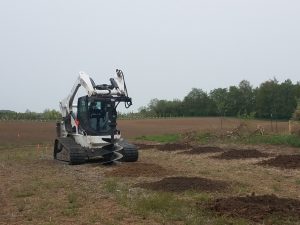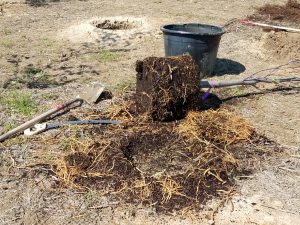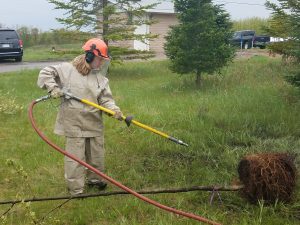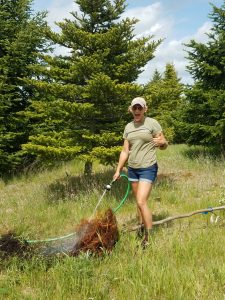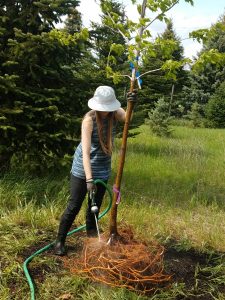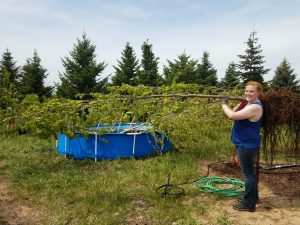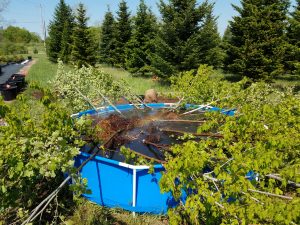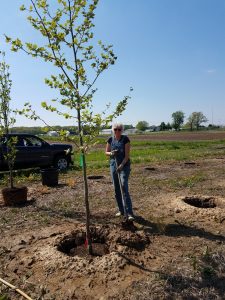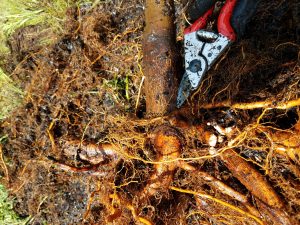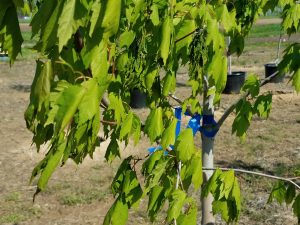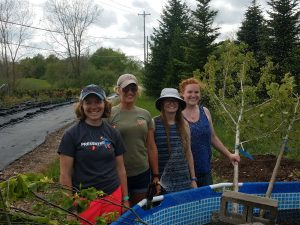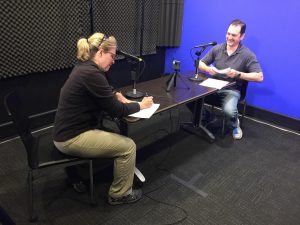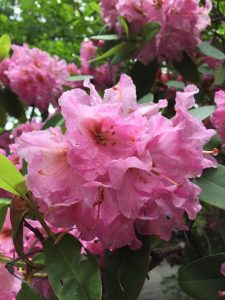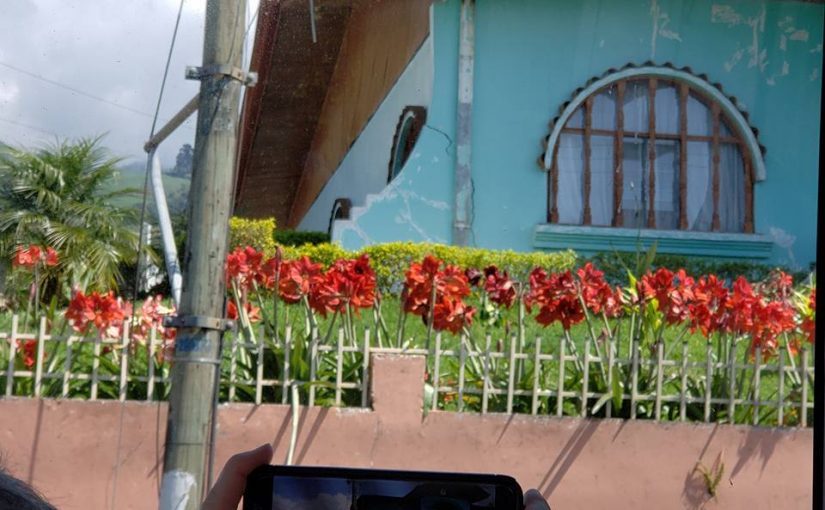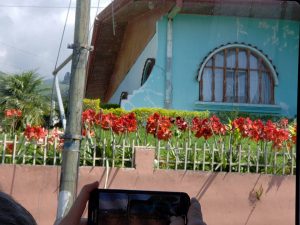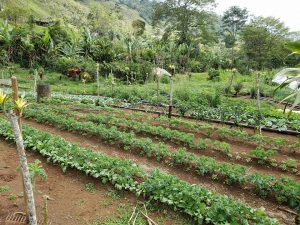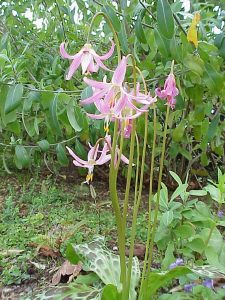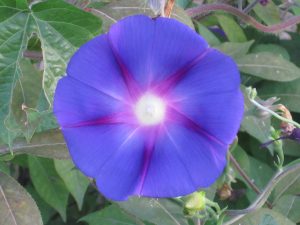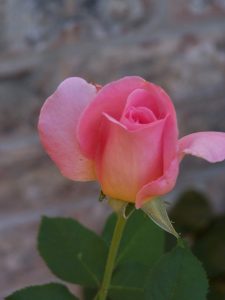(posted by Holly Scoggins)
The Perennial Plant Association (PPA) is a unique group of folks – comprised of plant breeders, educators, propagators, promoters, garden writers, growers, retailers, gardeners, and landscape designers – all under one umbrella. The PPA is probably one of the most vertically-integrated plant organizations out there. If it has anything to do with a perennial plant, there’s a good chance one of our members is involved.
The marvelous/legendary PPA Symposium has been held in all parts of the country. This year’s perennial-fest is in Raleigh NC. This goes back to my particular roots with the organization – my first PPA experience was in 1997 symposium, also in Raleigh, while I was grad student at NC State. Helped out in a few capacities, including tour bus wrangler (on the surprisingly rowdy bus, no less).
A special feature THIS year in Raleigh will be a one-day plant-geek-fest, open to the public as a separate registration item (of course any perennial freaks are absolutely welcome to attend the entire week of symposium events as well!).
Many/most of you are not located in the Mid-Atlantic/Southeastern region of the U.S. So why I am I touting this here? Because some of my biggest Ah-Ha! moments regarding growing and gardening have happened in places far from my comfort/hardiness zone. And the plants…oh the plants. In searching through my older GP posts, I’ve mentioned the PPA at least 9 times.
Recent examples: In 2016, the PPA symposium was in Minnesota… really opened my eyes, heart, and wallet to some lesser-known prairie species and design concepts. I probably have one of the larger Silphium collections in Southwest Virginia now. Whoops.
Last year’s symposium in Denver, Colorado brought with it awesome alpines and steppe plants – many of which I could grow here, with a bit of assistance from enhanced drainage. Of course there were also examples galore of rock gardening techniques to help make that “enhanced drainage” thing happen. Beyond the plants and gardens, another highlight is the opportunity to meet the area’s botanical movers and shakers that I wouldn’t have had otherwise. So much positive, fun energy – helps to remind me why I do this thing!

So…trust me when I say driving for 6-8-10 hours or hopping on a plane to the handy-dandy RDU airport will be WORTH IT. Especially if you stick around for core symposium including fab tours to private and public gardens, independent garden centers, behind-the-scenes at wholesale nurseries, and (wait for it) dinner and garden wandering/shopping opportunities at Plant Delights Nursery.
Back to the “Spend the Day with Perennial Plants” opportunity on Monday, July 30 – Check out this lineup for the plant talk day – and note the geographic diversity of the speakers – again, this isn’t just a “Southeast” thing!
– Patrick McMillan is an Emmy Award-winning host, co-creator, and writer of the popular nature program, Expeditions with Patrick McMillan . He’ll highlight Carolina native perennials for the garden in a morning talk. Later that afternoon, he’ll cover Southwestern plants we can use in the Southeast to cope with drought.
– George Coombs manages the horticultural research program at the Mt. Cuba Center in Hockessin, Delaware. This renowned botanical garden focuses on native plants, and their plant evaluations are making a big splash in the industry. Get a peek at the top-performing selections and find out what it takes to stand out in their trials.
– Christian Kress owns a specialty nursery in Austria that focuses on rare perennials from around the world. He’s traveled extensively, authored books, and introduced several beloved perennials to the market. He’ll bring the knowledge on flocks of Phlox (!) and introduce us to the amazing selections coming out of Russia.
– Judith Jones owns Fancy Frond Nursery in Gold Bar, Washington. She’ll open the world of ferns and inspire a new appreciation for their role in the landscape. [Am hopeful that frond puns will abound.]
Other presentations include iris breeder Kevin Vaughn; John Kartesz on native plant inventory software that generates customizable maps and databases; Larry Mellichamp on the world of unusual, surprising and bizarre plants; and Lauri Lawson on medicinal plants.
ALL THIS IN ONE DAY, PEOPLE.
The whole shebang takes place at the Hilton North Raleigh/Midtown. Advanced registration is required and early bird pricing ends June 1. See the program description and get registration information on the PPA Raleigh website. Be sure to check out the glorious e-Brochure just posted on the symposium home page. Hit me below with any questions – and would LOVE to see you there!

